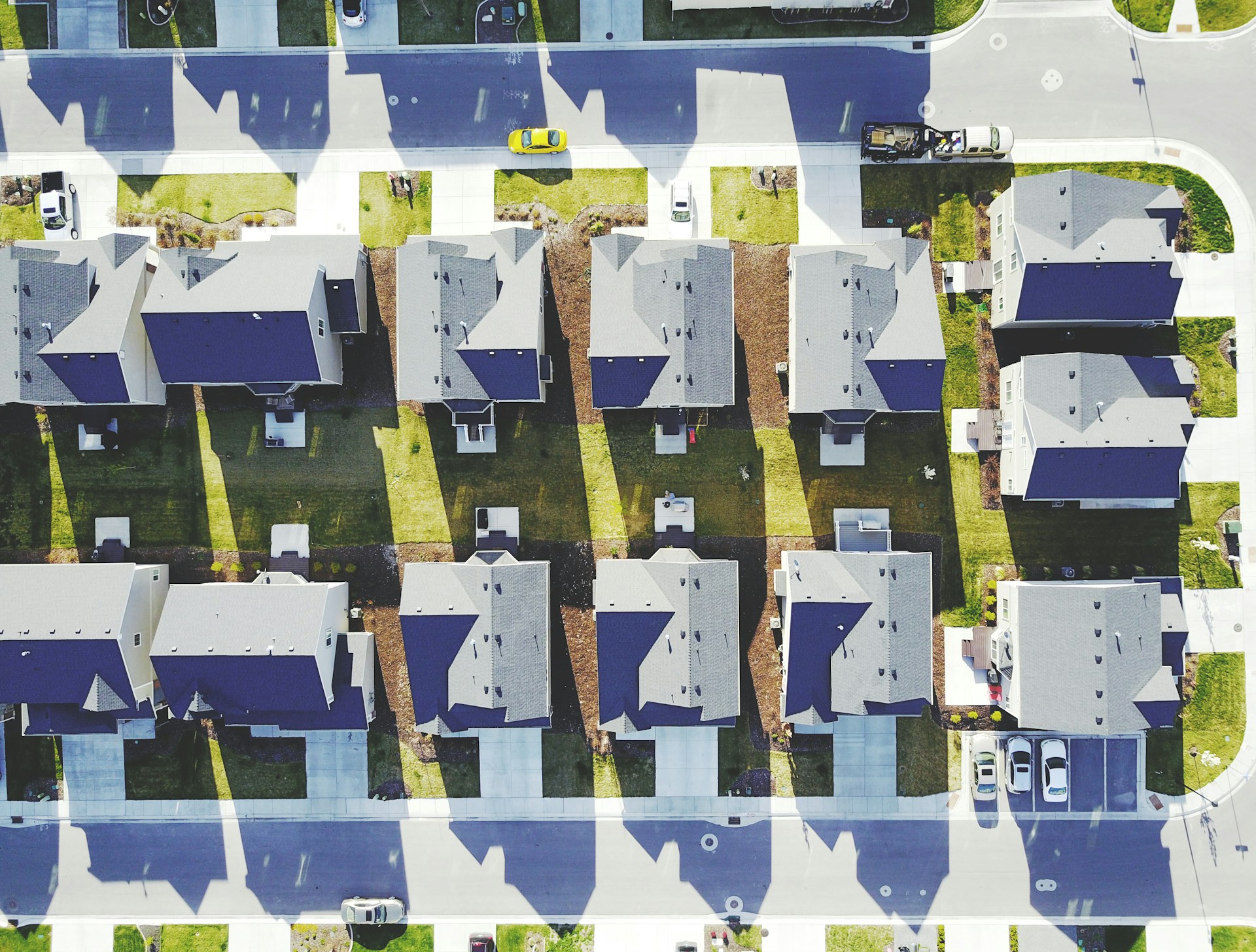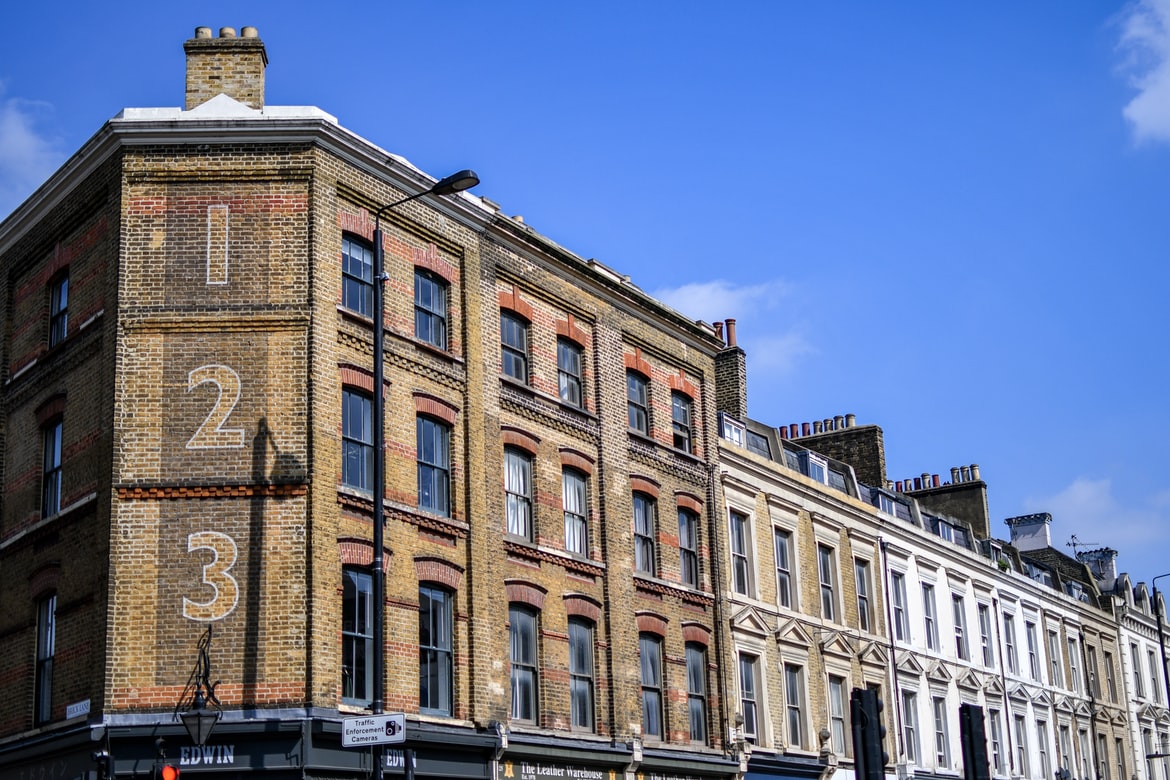
Master Planned Neighborhoods Leave Nothing to Chance
___
Published Date 4/17/2024
You’ve seen them. Sometimes there is a grand entry with a sentry-like gate, a shack, and sometimes even a live person checking on every car trying to get in. Tall walls contain houses that look similar but lend an air of well-thought-out, well cared-for uniformity. There’s a name for them: master planned communities, or MPCs.
While they have been around for decades in the western half of the U.S., they are everywhere now — a growing trend in new construction where developers aim to offer home buyers nearly everything they might desire: grocery stores, restaurants, hiking and biking trails, a gym, swimming pool, golf course, and more—within walking distance or a short drive.
Some of the more robustly planned MPCs offer calendar-friendly activities: kids’ story time, stroller workouts, sing-a-longs, magic shows, and maybe even a petting zoo. Parents and singles are treated to social mixers and moms’ and dads’ nights out.
All of this comes at a cost of a few thousand dollars a year in homeowners association fees. Realtor.com’s Kimberly Dawn Neumann explains how, with so much to do nearby and little reason to venture outside their immediate environs, residents have an easily accessible way to meet people. Some of the larger MPCs have their own elementary, middle, and high schools—all within a 10-minute drive or bus ride.
For some, this reminds them of when they were kids — when all their friends lived nearby and they all went to the same school. Which is why those residents bought there to begin with — to offer their own children that sense of belonging. After that? Perhaps they’ll move to an MPC retirement community with pickleball courts and a golf course.
“While some people might confuse an MPC with a traditional new-construction subdivision, they are distinctly different,” says Neumann. “Both include dividing a larger parcel of land into smaller plots for homebuyers. An MPC usually covers at least 2,500 acres, sometimes spanning as much as 10,000 (over 15 miles).”
She goes on to explain how the defining feature of an MPC is that the entire community is mapped out on a “site master plan,” or blueprint laying out how the land will be used for development, what types of buildings will be constructed and where, the layout of streets and sidewalks, park and public spaces, and all of the other features. Every facet is meticulously orchestrated.
Neumann cites Charlotte, NC-based broker Tiffany Sears: “Master-planned communities will typically have hundreds of homes, several different options for recreation, and even retail/commercial businesses located within minutes of the residences. The idea is that the buyer needs to leave the community only for work or long-distance travel.”
Realtor.com data shows that about 0.4% of listings mention “master-planned” or some variation of this in their description, with most master-planned listings highly concentrated in the South and West. Neumann explains how places like Provo, UT, Houston, TX, and Charleston, SC have MPCs with prices lower per square foot than the typical listing for the area — a surprise to many given all the amenities they offer.
Neuman tells the tale of how master-planned communities can be traced back to the early 20th century as a response to rampant urban sprawl. The most populated cities were growing so fast that large-scale planning largely went out the window, leaving spaces disorganized and communities disconnected. MPCs were born of the desire to ease congestion in city centers to create more uniformity so homes were not so haphazardly placed.
“It wasn’t until after World War II that these proposed developments took shape in the U.S. — generally considered to be the first MPC, built around 1950 for WWII veterans. The concept has continued to grow from there.
MPCs focus on creating a community for those seeking a similar demographic or lifestyle. Some are for age 55+, with sports-related activities like tennis and golf. Others are focused on low environmental impact such as an MPC in Georgetown, TX, which has 3D-printed homes that are modern and energy-efficient. Add to the mix high-end coastal resorts and more recently newer “microgrid” MPCs that not only share all of the classic amenities, but together create their own power thanks to individual solar panels feeding into a shared community battery. More themes include the “agri-hood” concept that integrates a local farm and community-led growing projects to provide the community with organic produce.
Developers buy huge swaths of land to have a blank canvas that they can carefully design. Within their plan they integrate various housing types and amenities from the ground up, to ensure space is used efficiently and neighborhoods are easy to navigate. These are usually developed through a partnership between a builder and the city or county, as the city will want a development that adds value to the community and the developers will want to offer a product that will bring interest and excitement.
A sense of uniformity, well-thought-out planning, and convenience offer a sense of security to those choosing to live in an MPC, while others who choose not to may prefer freedom from the very strict regulations imposed by them. For instance, almost everything that can be seen in these neighborhoods is regulated — from architectural changes (if any are permitted), exterior paint colors, the number/size of pets permitted, how many cars can be parked outside during a given period to even requiring that children play only in designated areas or in backyard spaces. Residents may also be prohibited from adding any outbuildings to their property. Keeping property values in check and keeping the neighborhoods pristine are the overall goal.
So next time you drive by a neighborhood with old apartment buildings next to townhomes mixed haphazardly with bungalows with sofas out on the front porch, it will become apparent to you why MPCs are a draw for many homebuyers.Realtor, TBWS
All information furnished has been forwarded to you and is provided by thetbwsgroup only for informational purposes. Forecasting shall be considered as events which may be expected but not guaranteed. Neither the forwarding party and/or company nor thetbwsgroup assume any responsibility to any person who relies on information or forecasting contained in this report and disclaims all liability in respect to decisions or actions, or lack thereof based on any or all of the contents of this report.


Millenium Home Mortgage
Manager
NMLS: 51519
Millenium Home Mortgage LLC
1719 Route 10 East, Suite 206, Parsippany NJ
Company NMLS: 51519
Office: 973-402-9112
Email: connie@mhmlender.com

Millenium Home Mortgage
___
Manager
NMLS: 51519
Last articles
___

Balancing deductible and premium: Always a crap shoot
11/5/2024
Insurance is simply termed as the mitigation of risk. True, you pay, and pay, an... view more

The reported US trade deficit for September was higher than expected
11/5/2024
The September Goods and Services Trade Balance was $-84.4B versus estimates of.... view more

Housing Market Shift: Listings Soar to Pre-Pandemic Levels
11/4/2024
Even if home prices have not fallen, it might be good to know that you’ve got mo... view more

Markets prepare for an extremely volatile week
11/4/2024
A nice improvement this morning, the 10 year note began down 11 bps from Friday,... view more

Doctor's kitchen warning soaks up controversy
11/1/2024
A medical professional's viral warning about a common kitchen item has sparked h... view more

Kitchen remodels: What your money really buys
10/29/2024
Want to renovate your kitchen? Be prepared for some eye-popping numbers. Accordi... view more

Consumer Confidence reports an unexpected boost
10/29/2024
The Conference Board's October Consumer Confidence report shocked to the upside,... view more

Someone’s here: Homeowners who live with poltergeists
10/28/2024
When northern California homeowner...... view more

Expect high volatility this week with both inflation and labor data
10/28/2024
In global news, Israel made its move on Iran this weekend attacking military ins... view more

Kissing your mortgage goodbye: The truth about early payoff
10/25/2024
Did you know that in Scotland, a house with a red door signifies the owner has p... view more
Load more
 Millenium Home Mortgage LLC
Millenium Home Mortgage LLC




































